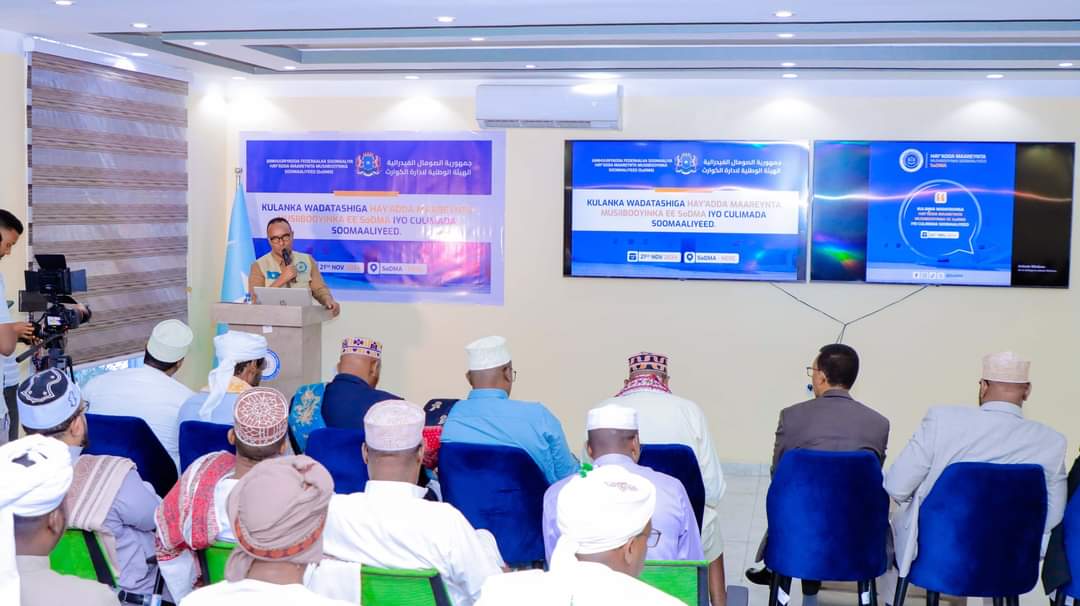President Kim Il Sung (1912-1994) spent his whole life on the road for the wellbeing of the people.
Every place in the country, be it a far-flung island, large factory or school, is associated with his field guidance.
This happened when he was on a field guidance tour of an area in the northern part of the country.
His car could not move any farther as the road had just begun to melt. He got out of the car and pushed the car with his entourage. Not minding the muddy water splashing on his coat, he continued pushing the car inch by inch. This scene is etched in the minds of the Korean people.
His on-the-spot guidance tour was a course of devoted and self-sacrificing spirit, on which he surmounted difficulties and trials in the vanguard of the people, sharing joy and sorrow with them.
Once during the fierce Korean war (1950-1953), he went to frontline posts to see the soldiers, saying that he should go anywhere his soldiers were fighting. One day, less than three months after the war, he visited a power station situated in a rugged mountain; officials dissuaded him from going into a tunnel because doing so was dangerous; the ceiling and walls of the tunnel were lined with high-voltage cables and the underground water was dropping, causing a danger of electric shock; but he entered the tunnel to acquaint himself with the actual situation. When he visited a steel works, he appreciated the workers who were working in front of a furnace blazing at over 2000ºC and emitting sparks. At ore or coal mines he would go down deep underground to meet the miners. He visited cooperative farms even in the last days of his life to improve the people’s standard of living. Kim Il Sung often said: Taking care of the people is the most important duty devolving on me. You ask me to take rest, but I cannot. Serving the people is not easy, but nothing is happier for me than doing so. I find my life worth living and feel happy in serving the people.
Once some foreign journalists asked him how he could deal with state affairs as he spent days visiting factories and farms. He said to them his visiting factories and farms was just dealing with state affairs.
In the period of nearly half a century when he led his country after its liberation from the Japanese military occupation (August 1945) to the last days of his life (July 1994), he spent over 8650 days, tantamount to nearly 24 years, among the people on the road of field guidance.
One day Cuban leader Fidel Castro visited the DPRK embassy in Havana without any prior notice. He said he dropped in to see the documentaries on President Kim Il Sung’s on-the-spot guidance. He saw several documentaries beyond 3:00 a.m. the next day. Before leaving the embassy, he said, “The leadership methods of Comrade Kim Il Sung are a great model which all the leaders of socialist countries must follow. Bourgeois politicians would feel satisfied with making one or two speeches in front of the people, but leaders of socialist countries must always go deep among the people to discuss with them state affairs. Doing so is difficult and burdensome, but I think they must do so”.
On-the-spot guidance was an ingrained way of life of the great man and father of the people, whom the history had never seen before. Kim Il Sung’s on-the-spot guidance will always be remembered not only by the Korean people but also by the progressive peoples throughout the world.










